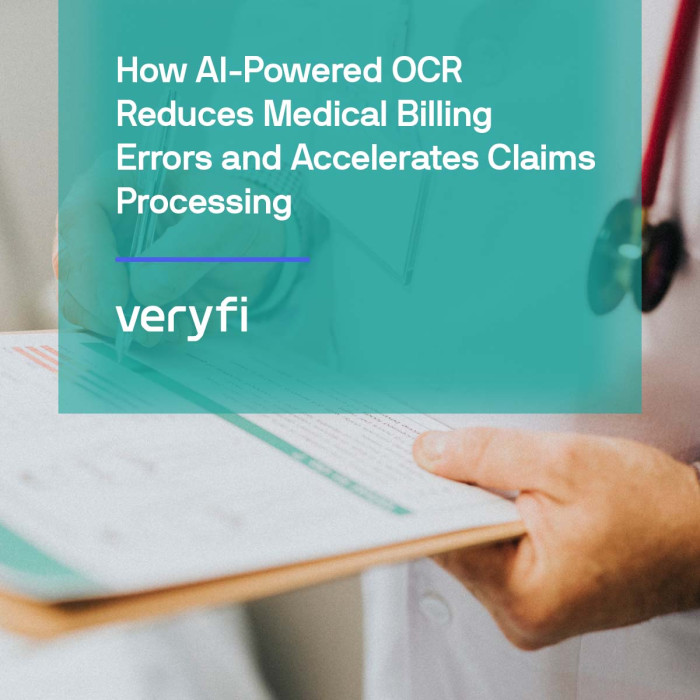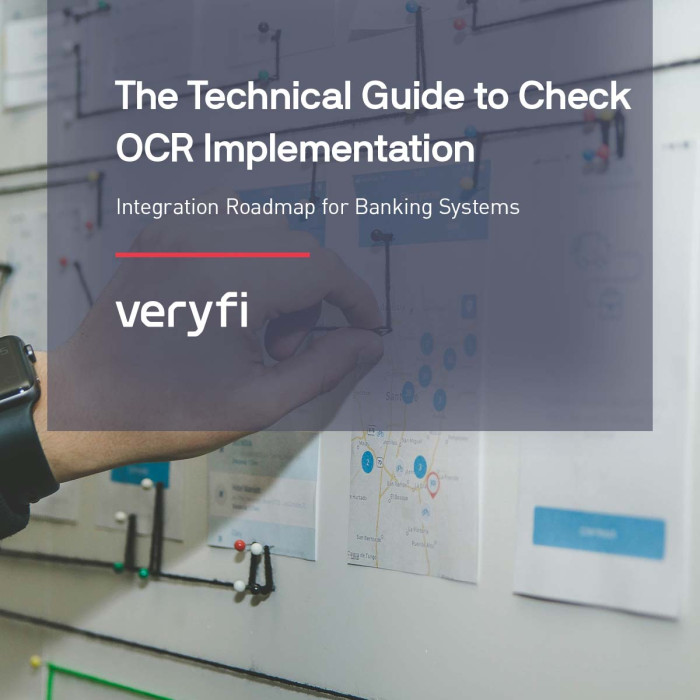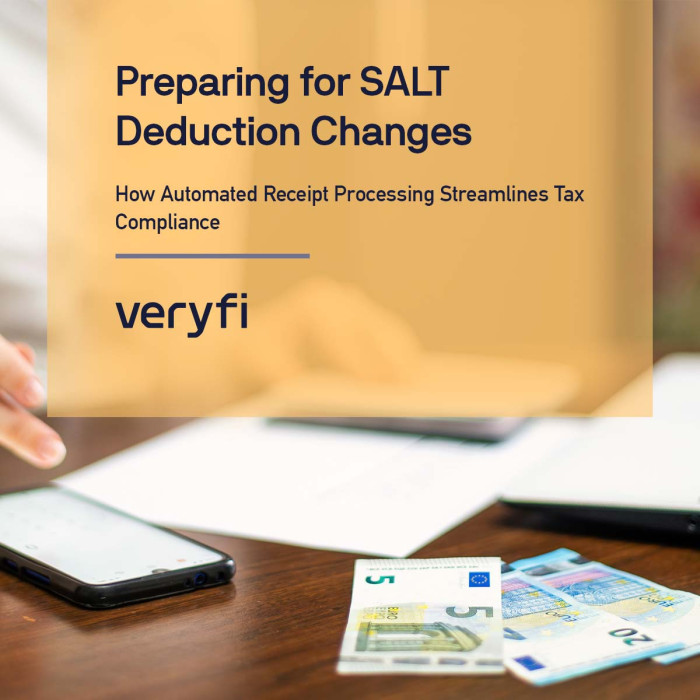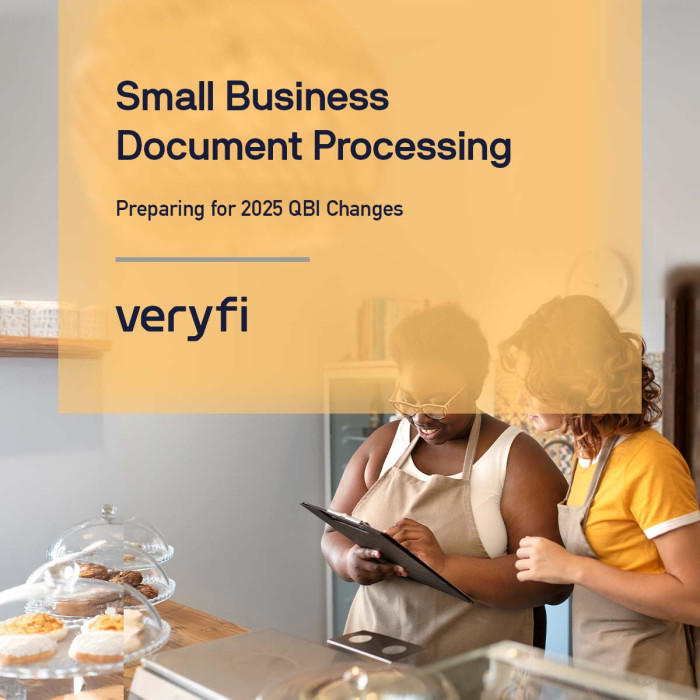Discover the differences between template-based and AI-based OCR, and determine which is best suited for your needs.
Optical Character Recognition (OCR) is a technology that converts printed or handwritten text into digital format, making it easier to edit, search, and store. OCR technology has come a long way since its inception and plays an essential role in various industries, including finance, healthcare, and law. With an increasing number of OCR solutions available in the market, it’s essential to understand the primary techniques used by these tools, specifically template-based OCR and AI-based OCR. In this blog post, we’ll explore the pros and cons of these two approaches, as well as the best use cases for each.
What is Template-based OCR?
Template-based OCR is an older, more traditional approach to OCR that relies on predefined templates to recognize and extract text from documents. This method works best when dealing with structured documents, such as invoices, forms, or receipts, that have a consistent layout.
Pros of Template-based OCR:
1. High accuracy: When used with structured documents that follow a consistent format, template-based OCR can achieve excellent accuracy rates.
2. Lower processing time: Since template-based OCR relies on prebuilt templates, it doesn’t require extensive processing power or time for character recognition.
3. Customizable: Users can create custom templates for specific document types, ensuring accurate results.
Cons of Template-based OCR:
1. Limited flexibility: Template-based OCR struggles when dealing with documents that don’t follow a consistent format or contain complex layouts.
2. Time-consuming setup: Creating custom templates can be a tedious process, especially when dealing with a large variety of document types.
3. Ineffective for handwritten text: Template-based OCR generally performs poorly when dealing with handwritten text or script fonts.
Best use cases for Template-based OCR: This approach is best suited for organizations that deal with a high volume of structured documents with consistent layouts, such as invoices or forms.
What is AI-based OCR?
AI-based OCR, on the other hand, leverages artificial intelligence, machine learning, and neural networks to recognize and extract text from documents. This approach is more advanced and can handle a wide range of document types, including unstructured and semi-structured documents.
Pros of AI-based OCR:
1. High accuracy and flexibility: AI-based OCR can adapt to various document types and layouts, providing accurate results even when dealing with complex or inconsistent layouts.
2. Handles handwritten text: AI-based OCR is better equipped to recognize and extract handwritten text or script fonts, making it more versatile than template-based OCR.
3. Continuous improvement: Machine learning algorithms enable AI-based OCR to improve its accuracy over time as it processes more documents.
4. Faster setup: AI-based OCR does not require the creation of custom templates, allowing for quicker implementation.
Cons of AI-based OCR:
1. Higher processing time: AI-based OCR generally requires more processing power and time compared to template-based OCR, as it analyzes documents more comprehensively.
2. Higher cost: AI-based OCR solutions can be more expensive due to the advanced technology and ongoing development involved.
Best use cases for AI-based OCR: This approach is ideal for organizations that deal with a variety of document types, including unstructured and semi-structured documents, or require the extraction of handwritten text.
Recommended OCR Technologies
Both template-based and AI-based OCR have their unique advantages and drawbacks. The choice between the two ultimately depends on the specific needs of your organization. If you primarily deal with structured documents with consistent layouts, template-based OCR might be the most cost-effective and efficient option for you. However, if your organization handles a diverse range of document types, requires the extraction of handwritten text, or seeks continuous improvement in accuracy, AI-based OCR is likely the better choice. To make the most informed decision, evaluate your organization’s document processing needs and consider factors like implementation time, budget, and desired accuracy levels.
If you’d like to see how Veryfi’s AI-based OCR performs with your documents, simply try our web demo or create a free account.










